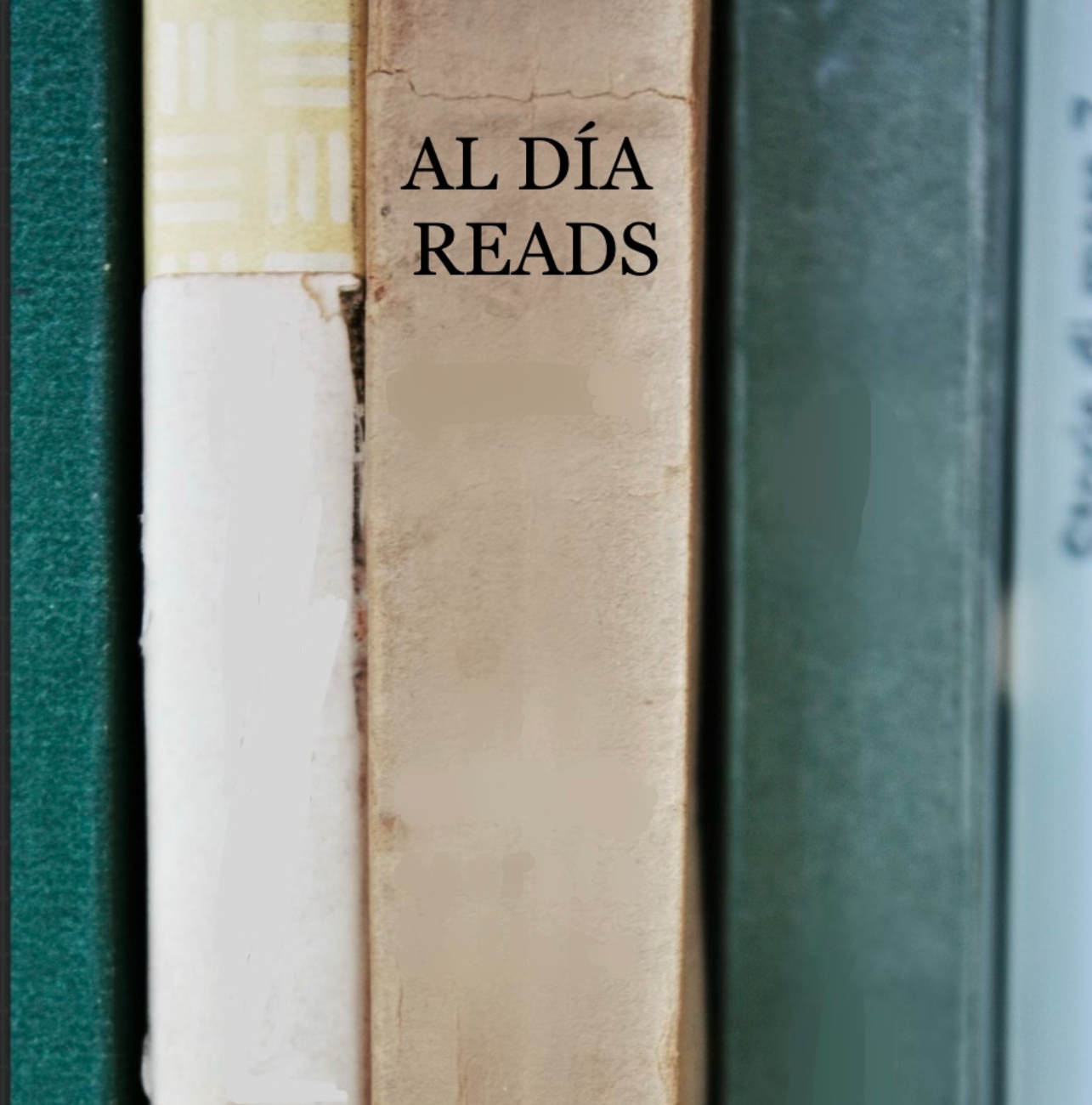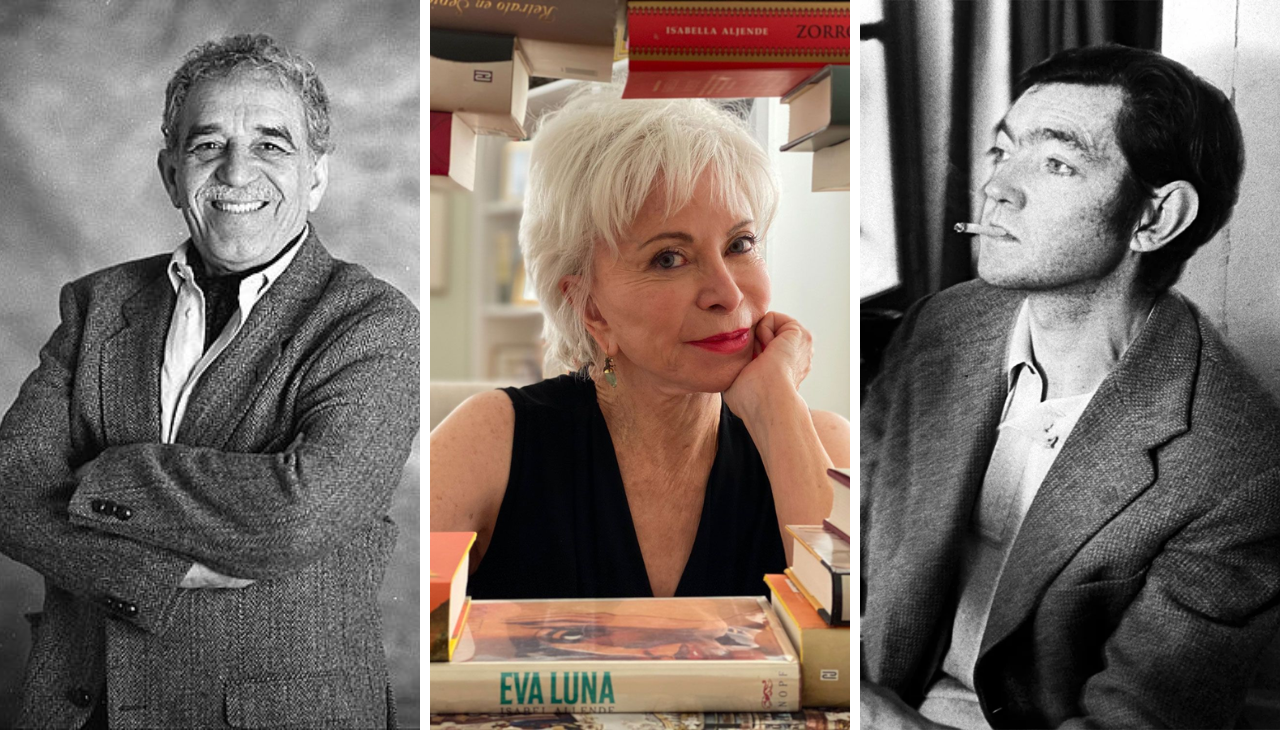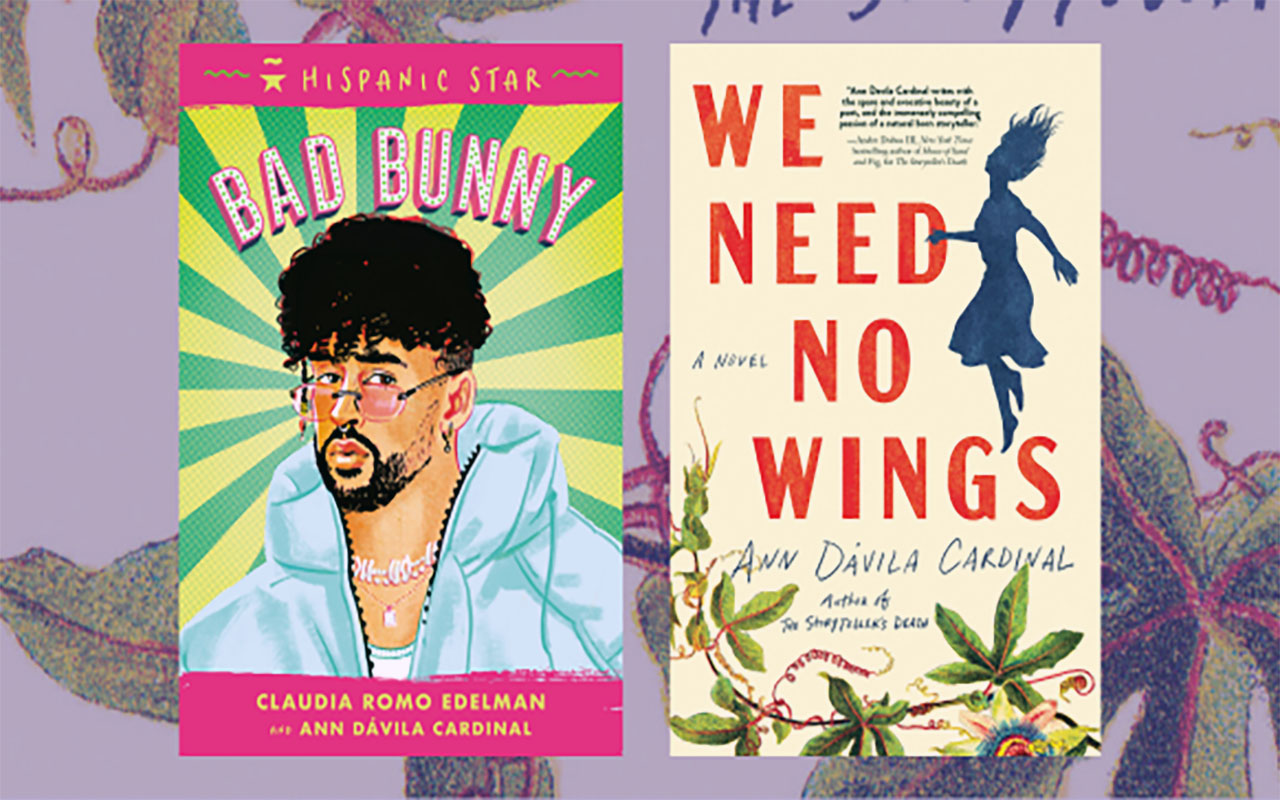
Pablo Neruda's 'Book of Questions,' now translated and illustrated for children
The Chilean Nobel prize winner wrote more than 300 poems that ask readers to set aside certainty and constraint to enter into the vastness of the unknown.
“Where is the center of the sea? / Why don’t waves break there?” and “What do you call a flower / that flits from bird to bird?”
In 1973, barely a year after Pablo Neruda's death, The Book of Questions was published, one of the Chilean Nobel Prize winner's most playful and free poems. In the book, Neruda questioned himself about his life and the world through poetic questions that have now been translated into English in a bilingual illustrated book for children.
Under the title Book of Questions, the U.S. publisher Enchanted Lion Books has published a new bilingual and illustrated selection of Neruda's questions, giving English-speaking readers — and especially children — the opportunity to question the world along with the Chilean poet.
"Who can I ask what I came into this world to do? Why do I move without wanting to, why can't I stand still? Why do I go rolling without wheels, flying without wings or feathers, and why did I transmigrate if my bones live in Chile?" were some of the questions Neruda asked himself in the collection of poems.
The Book of Questions is a book different from previous collections of poems, as it is based on the game of constructing all the poems based on questions, some bordering on the absurd, such as "Why do trees hide the splendor of their roots?" or "Why couldn't Christopher Columbus discover Spain?"
RELATED CONTENT
Divided into 74 chapters, Neruda's verses raise questions about his life, dreams, death, history, the sea, animals, rivers, the seasons, the sky, the stars or characters such as Baudelaire, José Martí, Paul Éluard and Petrarca.
The original book has more than 300 questions covering a wide range of topics: from death and dreams to politics, literature, the seasons and the weather. But in making the selection, translator Sara Lissa Paulson and editor Claudia Bedrick wanted to highlight those that were in the realm of experiences that young children are excited to discover. They chose 70 questions, mostly related to the relationship between humans and the natural world.
"I fell in love with how Latin America has a different kind of perspective on the natural world, and I really think our country can learn from these books," Paulson told NPR. "The questions we've selected are about rain, about clouds, about trees, about animals. What we anticipate is that they will raise even more questions focused on humans and our world."
The book was illustrated by Chilean illustrator Paloma Valdivia. For this edition, Valdivia was inspired by her own childhood in Chile and her knowledge of Neruda's poetry, as well as visiting the poet's three houses in Chile. There, he found clues as to what the poet was thinking when he wrote these questions and also ideas for conceptualizing them and being able to communicate them to a younger audience unfamiliar with Neruda and South America.
"Children are constantly asking questions because, in their eyes, everything is new. That's why they ask themselves questions, to structure the world they come to," Valdivia told NPR.

Copyright @ 2022 by Paloma Valdivia; used with permission by Enchanted Lion Books











LEAVE A COMMENT:
Join the discussion! Leave a comment.